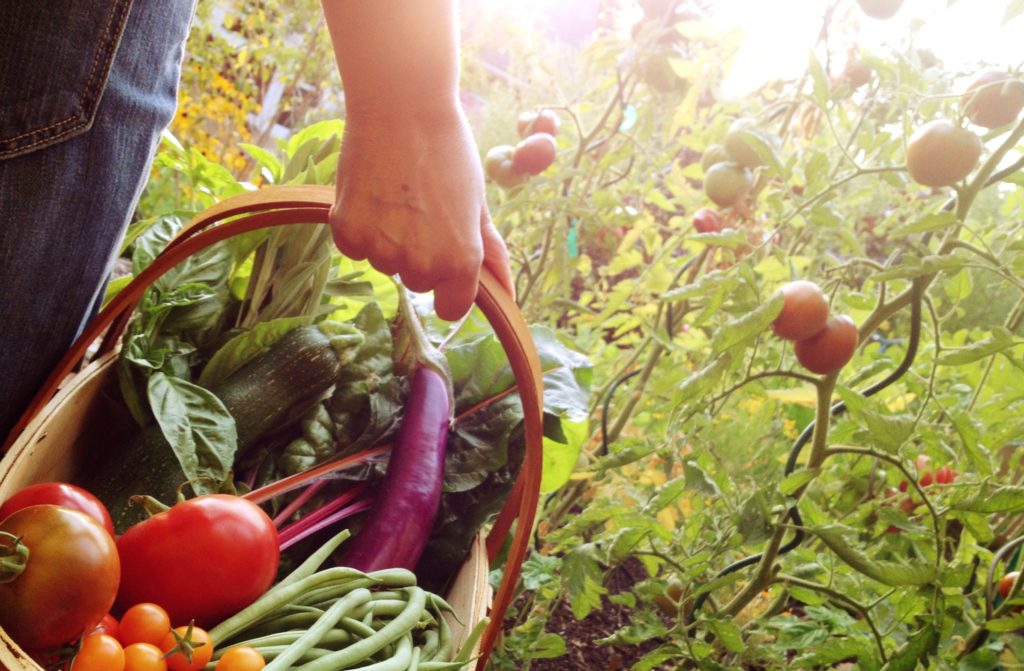
You hear me talk all the time about “eating locally and in season”. Many of you ask “Why should we?” and even more than that, “How do we even know whether our food is local and/or in season?” Hopefully I can shed some light on this.
Here are some of the most important reasons to eat locally:
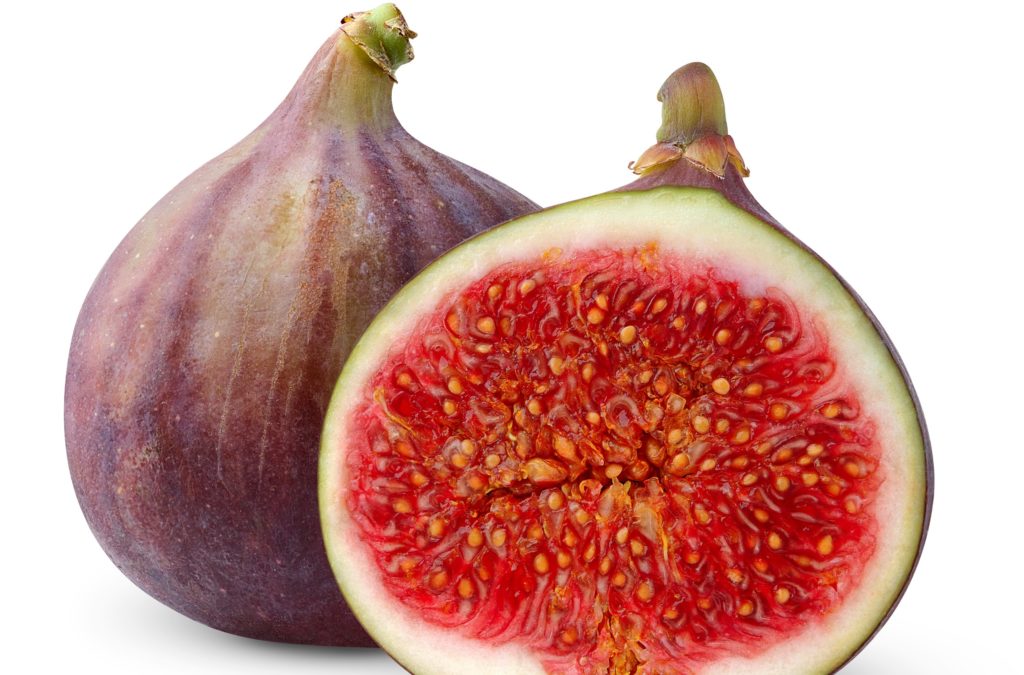
Local Foods Are Seasonal.
This means they have a better chance of being fresh and fresh food tastes better. I know it would be hard to imagine not being able to eat something all year round but absence makes the heart grow fonder….Deprivation also leads to a greater appreciation. You will also have a chance to enjoy the season. We say here in Dallas that we have one week of spring, and one week of fall, a couple of months of winter, and the rest is summer. In other words, it really is difficult sometimes to tell what season we are really in here. If you eat seasonally, the produce you harvest or buy will tell you what season you are in and you will have a chance to enjoy it through your food. Grand idea!
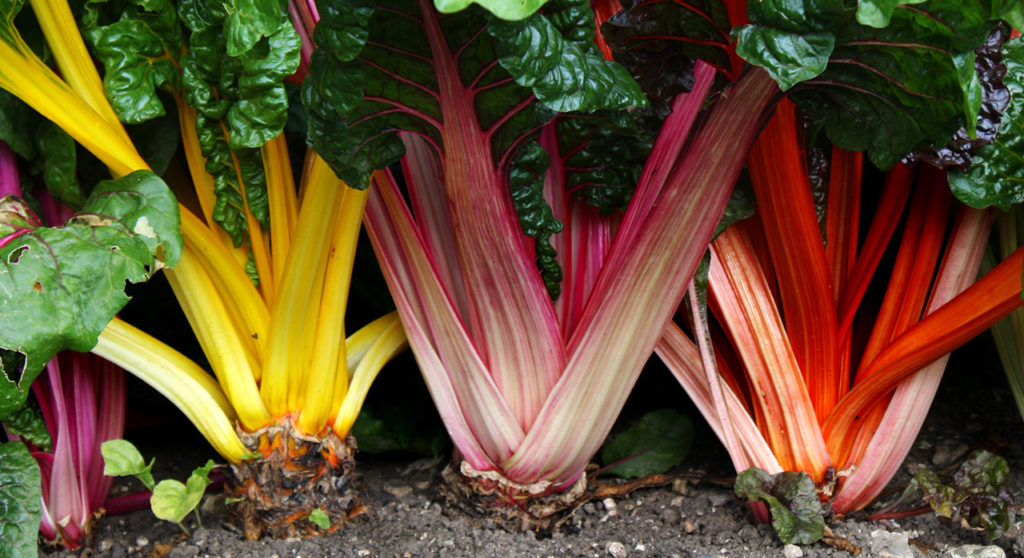
Local Foods Are Fresher And Taste Better.
Local food is local; it has not been flown in or shipped by truck, plane or train from thousands of miles away. If you have ever had a hothouse tomato or a piece of fruit that had no taste, it could be that these fruits and vegetables were stored in refrigerated warehouses until orders for them had come in. Refrigeration causes the fruits and vegetables to lose moisture, thus losing taste, as the taste is in the juice. If there is no taste, just imagine how little nutrient value and life-force there is in this produce. At farmers markets, local produce has usually been picked inside of 24 hours. Some supermarket food has been picked weeks or months before. A study done in Iowa calculated the distance certain foods would travel to their table from the field. Looking at the fact that most produce being shipped into Iowa came from California, a tomato or onion traveling a conventional channel would travel 1700 miles to get to the table. Farmers market to table was calculated at about 10-15 miles and from the garden to table was approximately 40 feet. Pretty interesting if you really think about it.
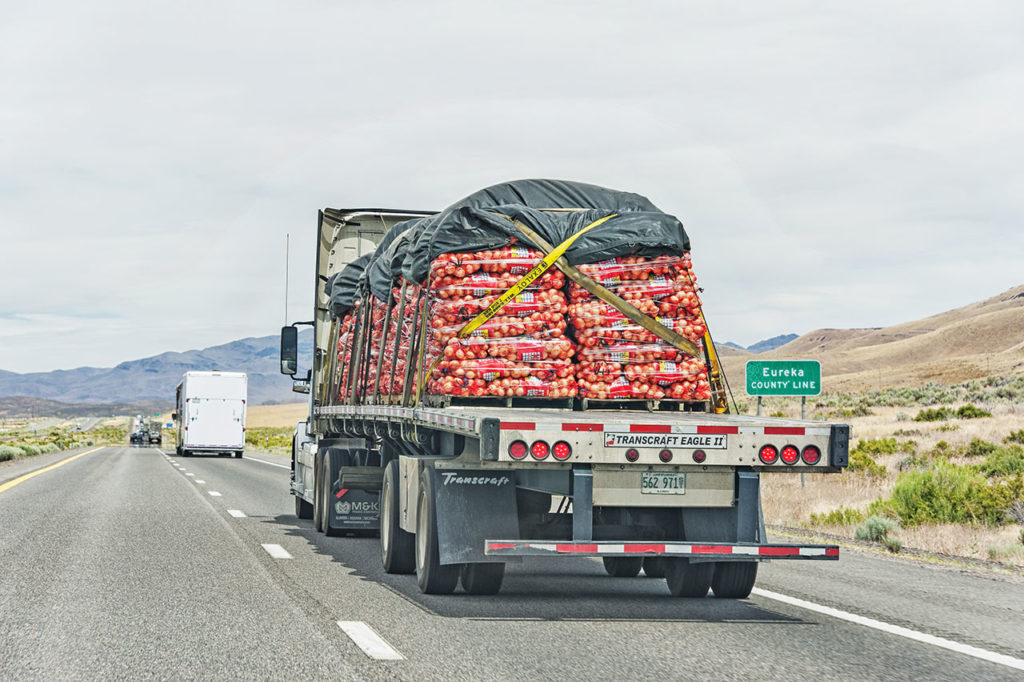
Local Foods Usually Have Less Environmental Impact.
Food can travel for hundreds and even thousands of miles. Shipping, whether it is through flights or ground, uses a lot of fuel. Big Carbon Footprint for no reason. The same study from Iowa found that a diet based on foods shipped across the country consumed 17 times more oil and gas than a diet that was based on regional food. Also when you buy close to home, you support the local farmland and green space.
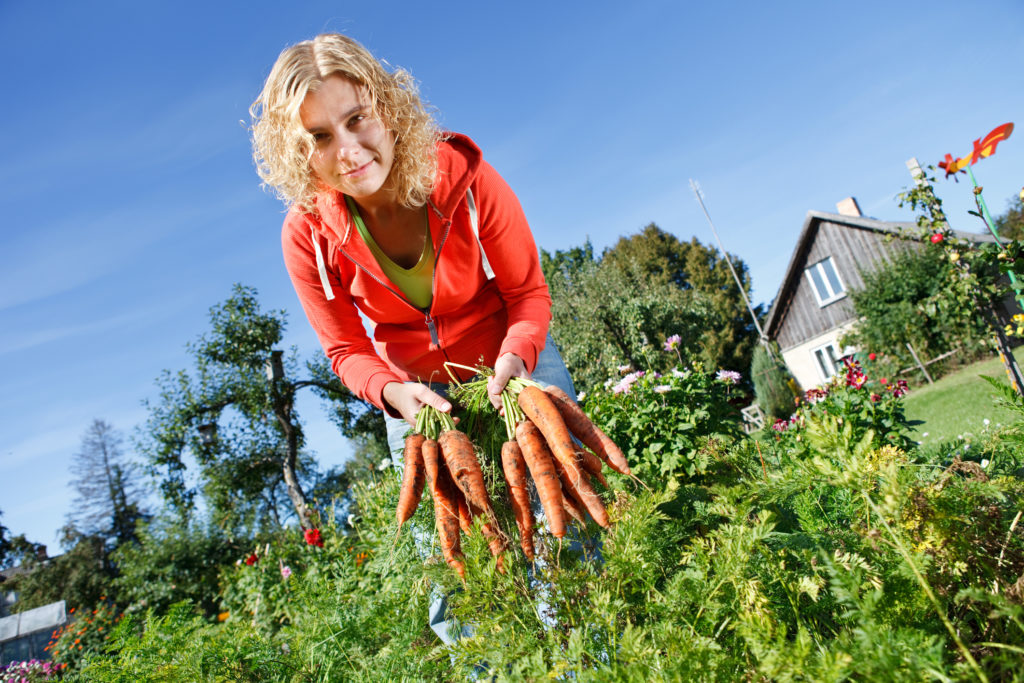
When I was growing up in Eastern Oregon, the end of summer brought the fresh corn or we would say “the corn is on”. Oh my gosh, the taste was so buttery and the kernals so tender…I can taste it right now! Our foremans wife, Mrs. Kibby, also had a big garden, she could grow anything and I remember pulling up carrots and radishes and washing them off under the faucet before partaking. She grew pumpkins and would make fresh pumpkin pies and bring them over to us to enjoy. We also had a concord grape vine along a fence that we would enjoy and lots of fruit trees. Our neighbors had fruit trees too. I used to sit up in Silva’s cherry tree and eat cheeries until my stomach hurt. There were pear trees that hung over one of the main roads and I would just ride my motorcycle up to the tree and pull off a couple of pears and be on my way. What a great way to live.
In Ayurveda, we believe that the fresher the food, the more life force it has. That’s why we choose fresh foods every day (no leftovers). Remember our Prāna is made from oxygen, food, water, thoughts, feelings and emotions. Our tissues, are also made from food. (Read my last blog) If you want more efficient prana with a higher level of healing power, enhance is your food quality.
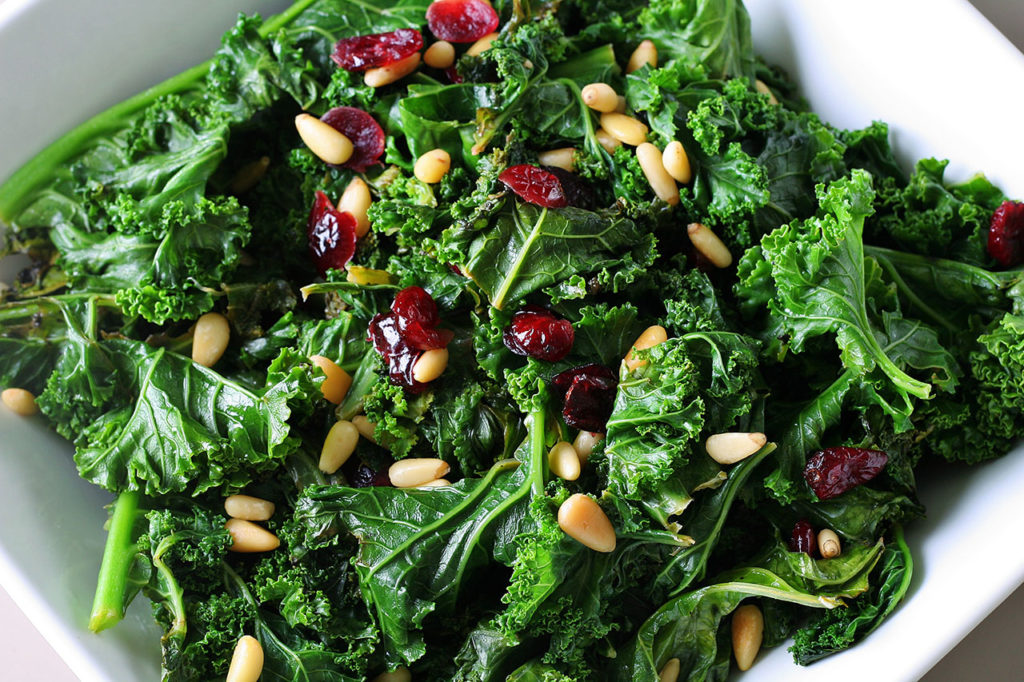
Try Something New. A client of mine and I were just talking about this the other day. She said she loves her food co-op, but sometimes they bring food she doesn’t use, or for that matter, even know how to cook. She also said that even if she did cook it, she wasn’t sure her family would eat it. Here’s a great opportunity to try new vegetables and fruits and introduce them to your family in a fun way. Who knows, you might find a new taste, and therefore as Ayurveda believes, a new sense of self.
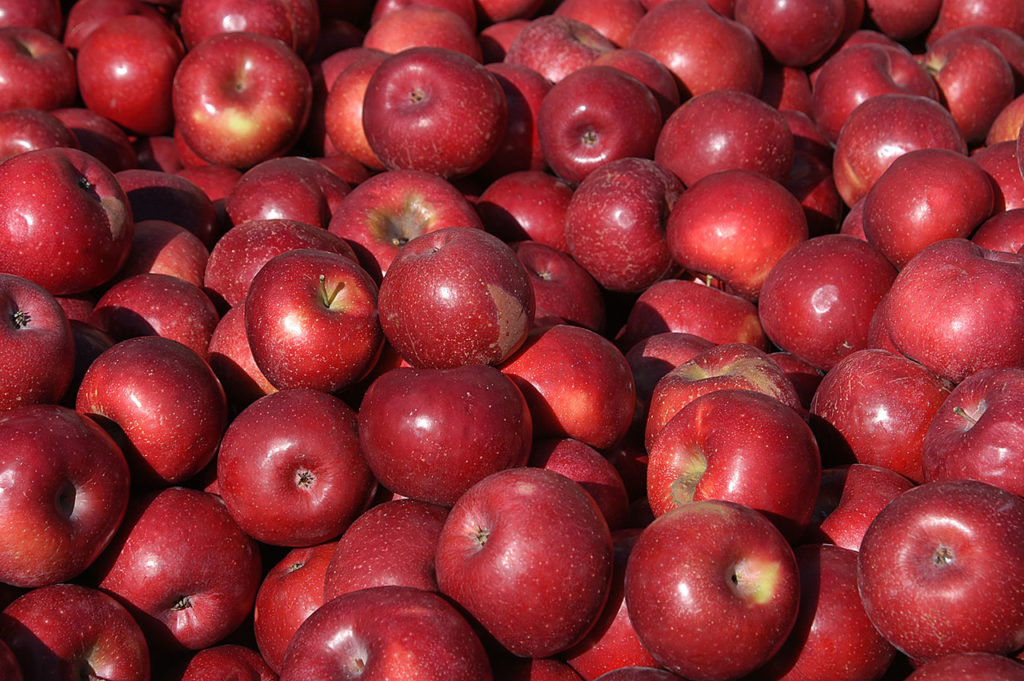
Seasonal Foods Cost Less.
When you eat in season, there is usually an abundance of harvest. So basic supply and demand plays out here. One family in Alaska was able to harvest 1622 lbs of food on a few hundred square feet of what used to be their back yard. They spent $200 on seeds and those seeds produced $5460 worth in groceries. Now that’s what I call a savings! (Granted the time gardening was not figured in).
Local Foods Promote Food Safety.
The fewer steps between the field and your table, the less chances for contamination. You should know a lot about your food, such as where it comes from, who grows it, and their practices. Not only from that point of view, but also people who eat locally find it easier to get answers to questions such as “What pesticides were used?” “Is that product genetically modified?” or “Was that turkey free range?” According to the Center for a New American Dream, local food is often safer. Even when it’s not organic, small farms tend to be less aggressive than large factory farms about dousing their fields with chemicals.
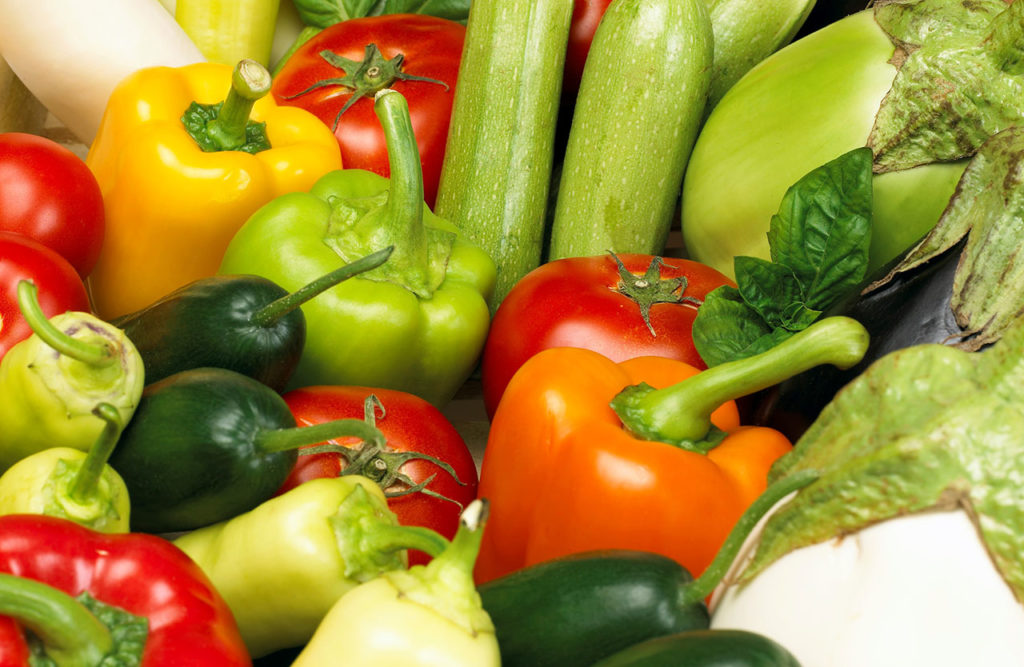
Local Foods Promote Variety.
When farmers promote in their community, be it by selling to farmers markets and/or restaurants, they create demand. When there is demand, the incentive to increase variety exists and you will get many varieties of fruits and veggies. Just notice how many varieties of apples and tomatoes exist today.
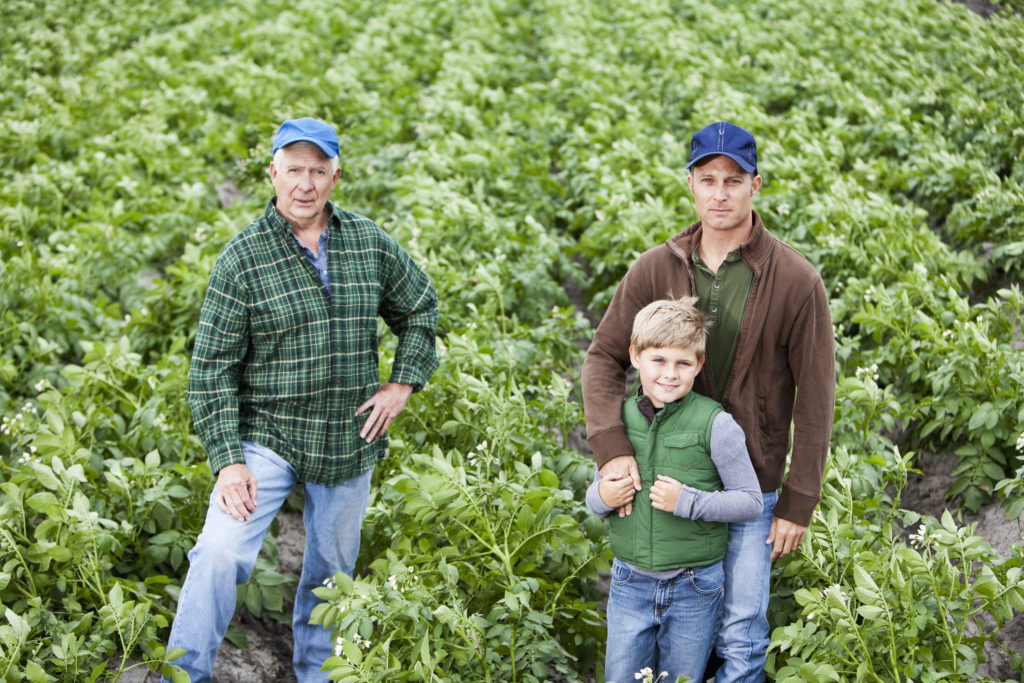
Support The Farmers.
My dad was a farmer and my brother is a farmer and I just have to tell you, the dedication to this craft is really not matched by any other occupation. Remember you are nature. The farmers spend so much time connecting to nature. So even the intention to growing the plants is present. When you buy local you strengthen the local ecomony. When you buy direct from the farmer, he gets 90 cents of every dallar spent. This preserves farming as a livelihood and farmland. If a farmer sells to the food industry, he earns only 21 cents of that dollar spent. The other 79 cents goes to marketing, distribution and other costs (Spector, Rebecca. “Fully Integrating Food Systems: Regaining Connections Between Farmers and Consumers”).

Network And Make New Friends.
If you go to the grocery store, you may have a connection to the store, but not to the farmers that supply that store. If you go to the farmers market or directly to the farmers, you build relationships. You also can join a food co-op and meet some of your neighbors. Join a community garden and you’ll actually meet the people you pass on the street. People who shop at farmers markets have 10 times more conversations than those that shop at the supermarket.
Road Trip. Go visit some local farmers. How fun would this be? Get to know them, maybe they will plant something just for you. Nevertheless, you will get out of town and into nature….remember, the more time you spend with nature, the more balanced you will be….nature nourishes nature.
In Conclusion, there are a lot of reasons to eat local and in season. Better taste, more nutritional value, taking responsibility for the environment, and saving the family farm may be just a few. But you know at the end of the day, it’s the right thing to do. Like Oregon’s Eco Trust and their campaign, the “Eat Local Challenge”, try to eat locally for a week so you can see–and taste–the benefits. I think you’ll be convinced.
